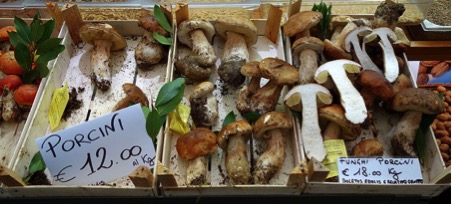Barcoding our Biodiversity

The huge variety of traits in fauna and flora became an obsession for seventeenth century colonial travellers, who catalogued and classified their new encounters, sending samples home to form large collections, such as those in the Oxford Museum of Natural History and Kew Gardens.
To delineate their differences, ‘species’ were determined based on morphological traits, following the naming conventions of Linnaeus. Darwin famously wrote of species:
“No one definition has as yet satisfied all naturalists, yet every naturalist knows vaguely what he means when he speaks of a species.” (Darwin 1859)
Surprisingly, little has changed in this regard in the 155 years that have passed. The most universal species definition is biological, stating that species can breed to produce viable offspring. However, the biological definition fails to account for species that interbreed and produce hybrids, such as oak trees, and is not useful for populations that become geographically separated and as a result cannot interbreed. Similarly, the morphological definition struggles with cryptic species, where their traits are very similar but their genetic makeup distinct. As conservationists, how can we best identify ‘species’ to maximise the protection that can be provided to biodiversity?
This is where the mystery mushrooms come in. A recent paper – picked up by popular media – found that a package of dried porcini mushrooms purchased in a London grocers contained three species new to science. The researchers from Kew identified the species using DNA barcoding, a relatively recent concept that uses a standard snipped of DNA to identify species. Although this technique is not intended to determine the evolutionary trees that connect species, it has been used to identify cryptic species and quickly identify morphologically difficult individuals. As an example, researchers in the USA identified 15 new North American bird species using barcoding. This is especially surprising, as scientists and birdwatchers have heavily studied these birds. However, DNA barcoding cannot replace traditional taxonomic methods as commonly suggested in the media, as although it can show that a species is not in the current taxonomy, it cannot fully characterise the new species. More thorough genetic analysis, which can reconstruct evolutionary lineages and formally analyse the genetic traits of species, can be used for species where morphological approaches are difficult. These methods are intensive and expensive, so cannot be applied with any great haste.
DNA barcoding, although not a fully featured taxonomic tool, is on track to revolutionise biodiversity conservation. In both science and practice, conservation can benefit from the rapid ability to identify morphologically difficult taxa, such as our mushrooms, to a high accuracy without time-consuming analysis by taxonomists. This does not make taxonomists redundant, but the contrary. As the use of barcoding identifies more unknown species, expertise will be required to classify them correctly into the species hierarchy. Not only will occurrence identification improve, but also data sharing. As DNA barcodes are small information snippets, they are perfect for ‘big data’ uses, connecting all known information of a species together with a central identifier. It is also useful for ‘crime scene conservation’, such as identifying illegal species trading. This is because it can be completed on ‘incomplete’ specimens, such as shark fins. Barcoding is often seen as a method of classification, but its potential to help biodiversity science is more profound as a common identification tool of the future.
To learn more, check out the International Business Times, Barcode of Life project and Rockefeller.
